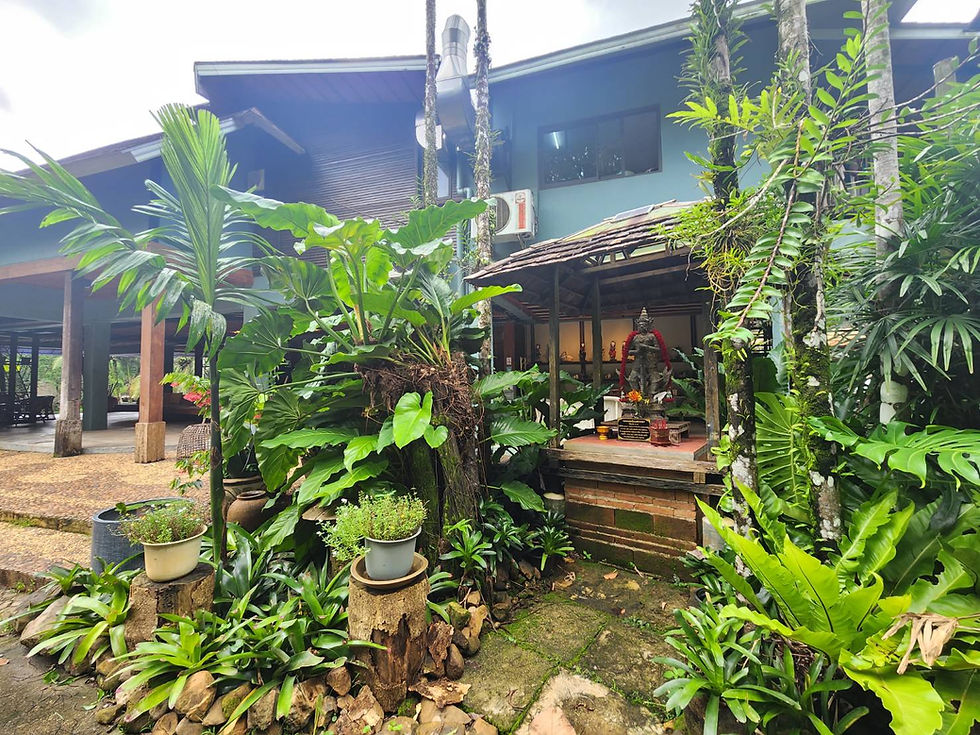Songkran at The Spa Koh Chang: Honoring New Beginnings with Sacred Traditions
- mdthespa
- Apr 13
- 2 min read
Every April, as the dry season fades and the first rains bless the land, Southeast Asia bursts into celebration. The Songkran Festival, observed across Thailand, Laos, Cambodia, and Myanmar, is often at the center of passionate debates—each country claiming its origin. But beneath the playful water splashing and national pride lies something deeper: an ancient, shared agricultural heritage.
In Cambodia, it’s called Chaul Chnam Thmey, where families clean their homes and visit pagodas for blessings.In Laos, Pi Mai brings temple rituals and vibrant water fights across the streets.In Myanmar, Thingyan marks the New Year with traditional dances, music, and community water sprinkling. One region, many names — but the same spirit of renewal and joy.
Songkran originated as a sacred rite to call upon the heavens for rain, marking the start of the planting season. As such, it’s more than just a new year celebration—it’s a time of renewal, reverence, and reconnecting with the rhythms of nature. And water, the most vital symbol of life, plays the central role.

A Tradition Rooted in Respect and Renewal
At the heart of Songkran lies the gentle act of pouring water—not just for fun, but as an offering of respect and blessings. Traditionally, people pour fragrant water over Buddha statues as a symbol of cleansing past misfortunes and inviting good luck. The same water is poured over the hands of elders, seeking their blessings for the year ahead. It’s a quiet, beautiful moment of connection across generations and realms—human, spiritual, and natural.
Our Family Buddha: A Rare Appearance
At The Spa Koh Chang, we honor this sacred time by displaying our family Buddha statue for the annual สรงน้ำพระ (Song Nam Phra) ritual. This statue, believed to have been crafted between the 14th and 16th centuries, bears the distinct features of Khmer and Sukhothai art—its soft stone texture and serene expression tell a story of faith carried through generations.
This Buddha is kept safely within our family shrine and brought out only once a year during Songkran, allowing guests and staff to pay their respects in a quiet, meaningful way.

How to Join the Ritual
Participating is simple but profound:
Gently pour a small ladle of water over the statue’s hands or shoulder.
While doing so, take a moment to pause and reflect.
Make a silent wish—for health, peace, clarity, or the courage to begin again.
Let the water carry away the dust of the past and invite new blessings for the months ahead.



Comments